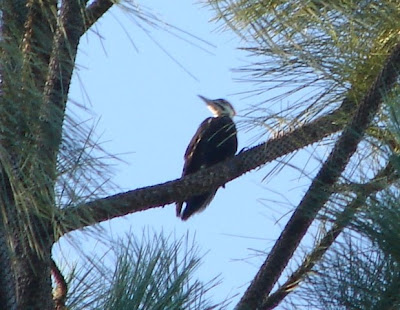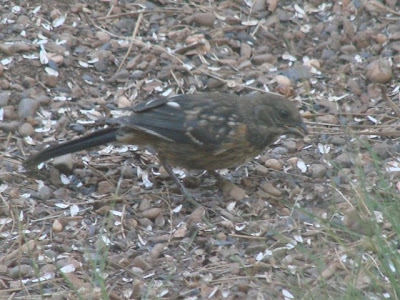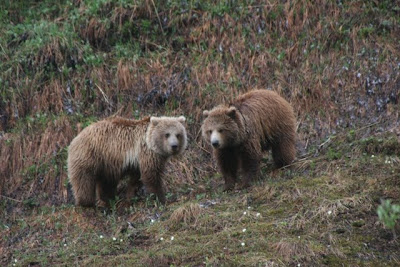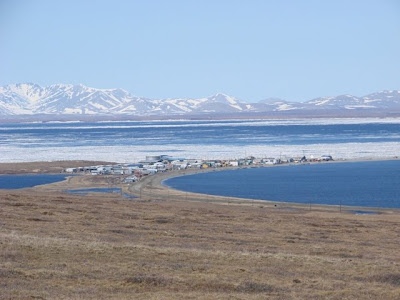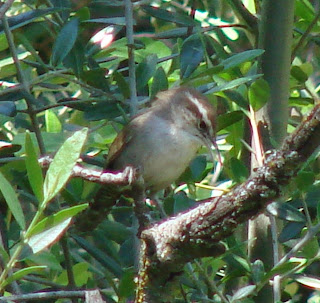
I've been itching to start writing about birds again and the spring solstice seemed the perfect catalyst. To enjoy this post to it’s fullest, turn the volume up on your computer and click each link to visit sites where you can play the song of the bird referred to.
As soon as I walked out the door this morning to feed the goats I was struck by how much things have changed in just the past couple of weeks. I remember thinking how odd it was not hearing a single bird song or call in the morning as recently as last month. This morning I was greeted by a virtual ‘wall-of-sound’ (apologies to Phil Specter).
The first song to reach me was layer upon layer of American Robin’s voices – they moved in, in large numbers this past month and they begin to vocalize at first light. Resident birds – spotted towhee, Bewick’s wren and wrentit all joined the chorus, they were present all winter but remained silent for the most part. Hutton’s vireo’s repeated call, which was really the first song of spring - beginning in the middle of winter, was a predictable addition and will continue until the beginning of winter next. Purple finch and orange-crowned warbler both kicked into singing mode in the last three weeks. I believe the assertive drumming I heard from the vicinity of our large oak was hairy woodpecker, though I heard a Downy woodpecker’s whinny. Two Steller’s jays bounced in the trees overhead, hoping to steal some of the cracked corn that I threw to the chickens, soon they’ll be looking for Robin’s nestlings to kill – the bastards!
Now I’ll start listening and watching every day for new songs added to the harmony. I’m guessing the first neotrop song will be Bullock’s orioles ratcheting assemblage of notes. Also anticipated are black-headed grosbeak’s beautiful whistled tune and the sweet sound of black-throated gray warblers in the treetops. So much to look forward to!
A gray squirrel scampered off, never ceasing to find every last acorn strewn around the property, dashing my hopes for a large crop of new oak seedlings. The burro one-half mile away brayed his morning serenade, glad we don’t live any closer!


